
Maybe you would like to ask, since Shirley said that line is the skeleton (or bone) of Chinese painting, why there is a boneless painting here? In fact, the lines in Chinese Baimiao and Gongbi paintings, all of the lines are painted by Chinese ink and the ink line is just the skeleton (or bone) of a painting. In Chinese Xieyi Painting, the lines are still the bones or skeleton of a painting, but they are freer, some of the lines are painted by Chinese ink, some of them are colored.
Chinese Mogu is a boneless painting. That does not mean there is no any line in is, but the lines in the Chinese Mogu painting were done by colors, instead of ink lines. This is its first character.
Chinese Mogu Painting and Chinese Gongbi Painting use almost the same materials and carriers, but a Chinese Mogo painting needs to use water much more than Chinese Gongbi painting, just like colored water. People are used to putting the different colors in the same place that has been limited by the lines and let them to be mixed freely by themselves, making and made a special artistic result. This is its second character.
Sometimes, people color the objects within the different outlines of pencil. After the color is dry, remove the pencil lines and create some new colored lines that have been done on the boundary between the different colors places.
Therefore, it is a painting between Chinese Gongbi and Chinese Xieyi. Its lines are Chinese Gongbi style, but not ink line; its color application is free, its free style is near Chinese Xieyi, but it is not beyond the outline of the lines as Gongbi paintings.
Mogu was created by Zhang Zengyao during the Northern and Southern Dynasties (420-589).
In the Five Dynasties period (907-960), Huang Quan significantly developed it to paint trees and flowers.
In Tang Dynasty (618 - 917), Yang Sheng mastered and developed it. In Ming Dynasty (1368 to 1644), Xu Wei further developed it and he started applying this technique landscape paintings.
In Song Dynasty (960 - 1127), Mogu as a new word and the name of a painting appeared in a book by Guo Ruo Xu
In Qing Dynasty (1644-1911), Yun Shouping (Yun Nantian) made it famous and Ren Bonian and Wu Changshuo developed it further.
If we see Chinese Gongbi painting and Xieyi painting as the mainstreams of traditional Chinese paintings, then Mogu painting is just a small stream in Chinese painting history. Until now, there are still few people working on it, but it is still developing silently and contributes its beautiful to the world.
I started to touch and to learn Mugo painting in the China Central Academy of Fine Arts in 2012. Then I studied it at the Chinese National Academy of Arts. Many of my tutors think it is the painting form that suits me most most suitable me. So, they have suggested me working to work on it in my future art study.
Now I would like to share some of my Chinese Mogu paintings which are my assignments in the two schools and I hope you enjoy them and hear your comments.
Sincerely
Shirley Yiping Zhang
Nov 14, 2016
shirley@ebridge.cn
www.ebridge.cn
-
Sequence:
Time Content Love, Kinship and Friendship
关雎 — Singing Ospreys
七步诗 — The Quatrain of Seven Steps
寄扬州韩绰判官 — Send to the Official Han Chuo in Yang Zhou
夜雨寄北 —Send a Poem Letter to Someone in the North on a Rainy Night
Landscape
敕勒歌 — Chi Le Song
一望二三里 — Have A Look Over, Two, Three Miles
柏林寺南望 — Look Over the South From the Bailin Temple
江雪 — Fishing on a Snowy River
Philosophy
赋新月 — Ode to the New Moon
Travel and Farewell
赠汪伦 — Present the Poem to Wang Lun
静夜思 — Missing my Hometown in the Peaceful Night
绝句(江碧鸟逾白) — On the Blue River, Birds Seem More White
Song of the Spring
晚春 — Late Spring
Encouragement
庭竹 — The Bamboo in the Courtyard
梅花 — Plum Blossoms
Appendix
My Endless Gratitude -Feb,2017 in the USA
The Appendix ( Nov 16, 2017 in China) of My Endless Gratitude -Feb,2017 in the USA

My Traditional Chinese Mogu Paintings
My Traditional Chinese Mogu Paintings
Mogu is also called boneless painting.Maybe you would like to ask, since Shirley said that line is the skeleton (or bone) of Chinese painting, why there is a boneless painting here? In fact, the lines in Chinese Baimiao and Gongbi paintings, all of the lines are painted by Chinese ink and the ink line is just the skeleton (or bone) of a painting. In Chinese Xieyi Painting, the lines are still the bones or skeleton of a painting, but they are freer, some of the lines are painted by Chinese ink, some of them are colored.
Chinese Mogu is a boneless painting. That does not mean there is no any line in is, but the lines in the Chinese Mogu painting were done by colors, instead of ink lines. This is its first character.
Chinese Mogu Painting and Chinese Gongbi Painting use almost the same materials and carriers, but a Chinese Mogo painting needs to use water much more than Chinese Gongbi painting, just like colored water. People are used to putting the different colors in the same place that has been limited by the lines and let them to be mixed freely by themselves, making and made a special artistic result. This is its second character.
Sometimes, people color the objects within the different outlines of pencil. After the color is dry, remove the pencil lines and create some new colored lines that have been done on the boundary between the different colors places.
Therefore, it is a painting between Chinese Gongbi and Chinese Xieyi. Its lines are Chinese Gongbi style, but not ink line; its color application is free, its free style is near Chinese Xieyi, but it is not beyond the outline of the lines as Gongbi paintings.
Mogu was created by Zhang Zengyao during the Northern and Southern Dynasties (420-589).
In the Five Dynasties period (907-960), Huang Quan significantly developed it to paint trees and flowers.
In Tang Dynasty (618 - 917), Yang Sheng mastered and developed it. In Ming Dynasty (1368 to 1644), Xu Wei further developed it and he started applying this technique landscape paintings.
In Song Dynasty (960 - 1127), Mogu as a new word and the name of a painting appeared in a book by Guo Ruo Xu
In Qing Dynasty (1644-1911), Yun Shouping (Yun Nantian) made it famous and Ren Bonian and Wu Changshuo developed it further.
If we see Chinese Gongbi painting and Xieyi painting as the mainstreams of traditional Chinese paintings, then Mogu painting is just a small stream in Chinese painting history. Until now, there are still few people working on it, but it is still developing silently and contributes its beautiful to the world.
I started to touch and to learn Mugo painting in the China Central Academy of Fine Arts in 2012. Then I studied it at the Chinese National Academy of Arts. Many of my tutors think it is the painting form that suits me most most suitable me. So, they have suggested me working to work on it in my future art study.
Now I would like to share some of my Chinese Mogu paintings which are my assignments in the two schools and I hope you enjoy them and hear your comments.
Sincerely
Shirley Yiping Zhang
Nov 14, 2016
shirley@ebridge.cn
www.ebridge.cn
Paintings
-
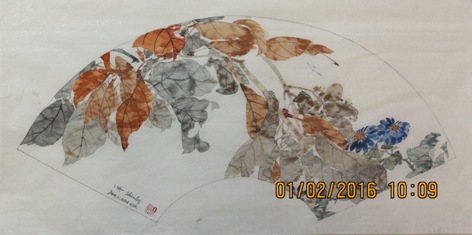
This is my 69thChinese Mogu Painting and my 1075th painting since 2003. It is...more
-
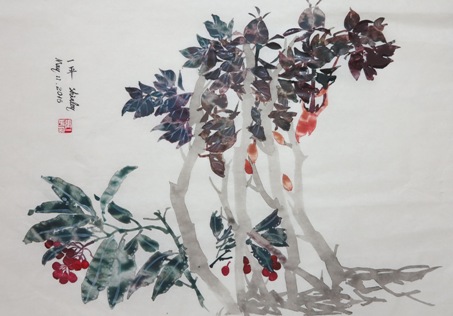
This is my 75thChinese Mogu Painting and my 1095th painting since 2003. -
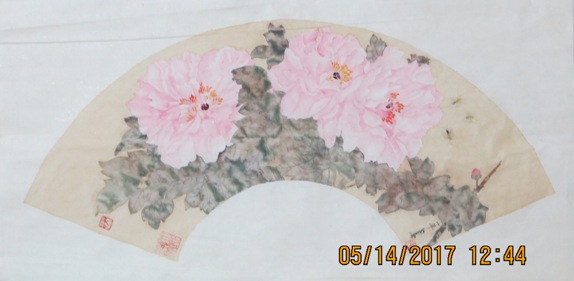
This is my 77thChinese Mogu Painting and my 1215th painting since 2003,my 519...more
-
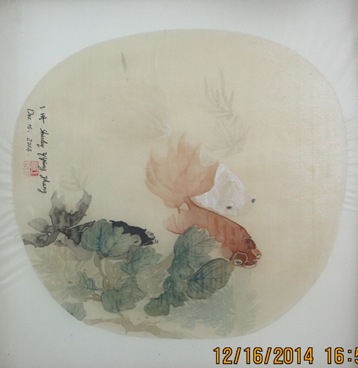
This is my 42nd Chinese Mogu Painting and my 945th painting since 2003.
<...more
-
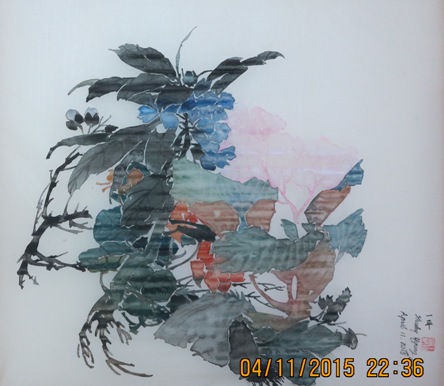
This is my 58th Chinese Mogu Painting and my 968th painting since 2003.
<...more
-
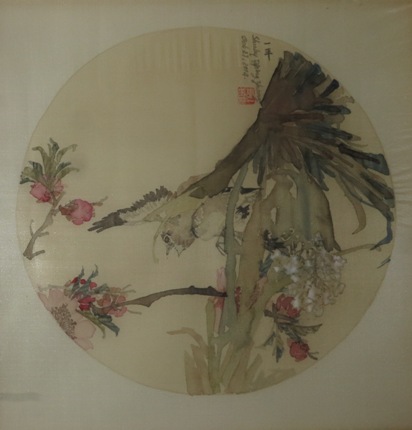
This is my 39th Chinese Mogu Painting and my 922nd painting since 2003.
<...more
-
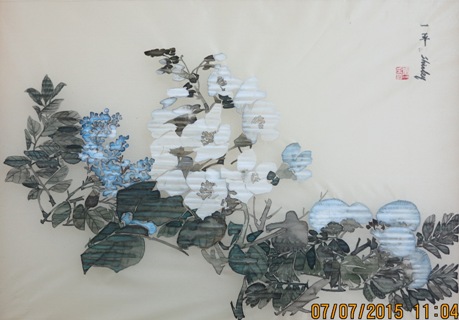
This is my 63rd Chinese Mogu Painting and my 1031rd painting since 2003.
<...more
-
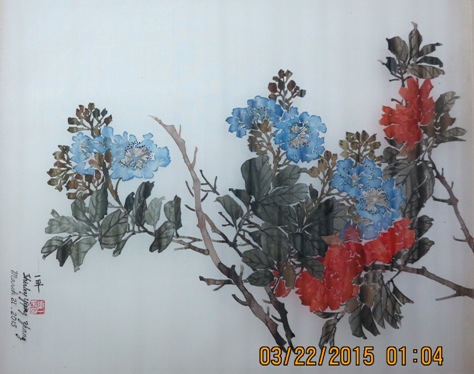
This is my 56th Chinese Mogu Painting and my 966th painting since 2003.
<...more
-
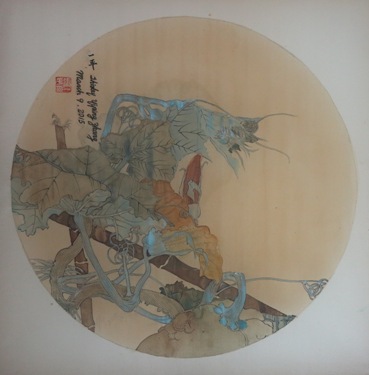
This is my 56th Chinese Mogu Painting and my 966th painting since 2003.
<...more
-
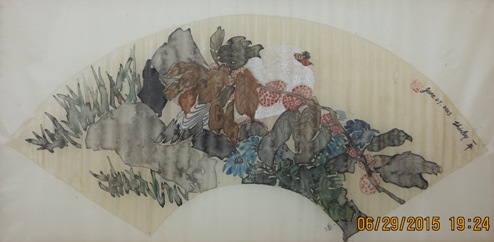
This is my 61st Chinese Mogu Painting and my 1025 painting since 2003. -
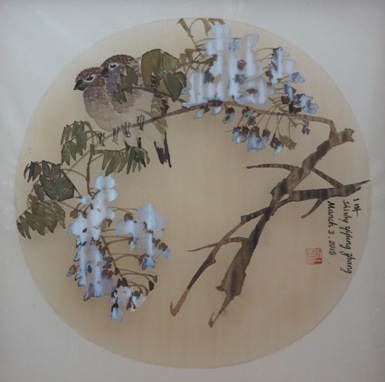
This is my 55th Chinese Mogu Painting and my 965th painting since 2003.
<...more
-
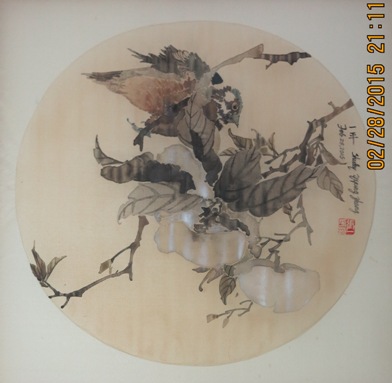
This is my 54th Chinese Mogu Painting and my 964th painting since 2003.
<...more
-
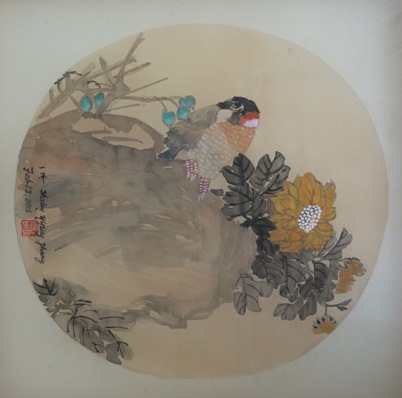
This is my 52nd Chinese Mogu Painting and my 962nd painting since 2003.
<...more
-
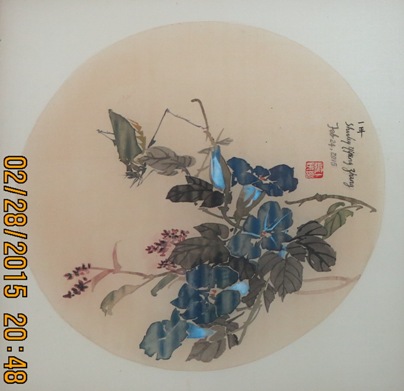
This is my 53rd Chinese Mogu Painting and my 963rd painting since 2003.
<...more
-
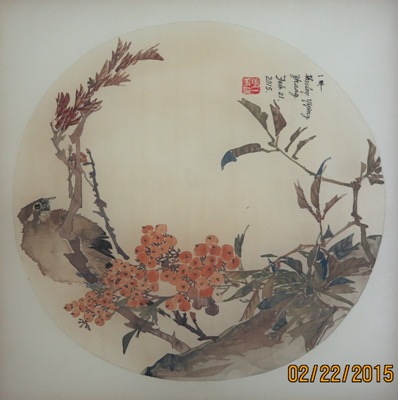
This is my 51st Chinese Mogu Painting and my 961st painting since 2003.
<...more
-
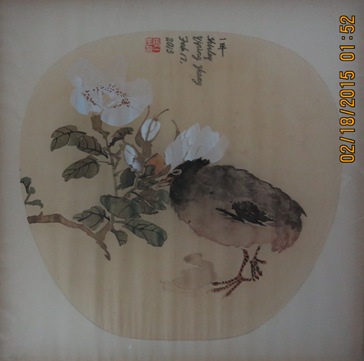
This is my 50th Chinese Mogu Painting and my 960th painting since 2003.
<...more
-
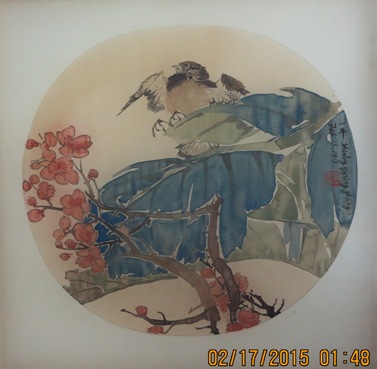
This is my 49th Chinese Mogu Painting and my 960th painting since 2003.
<...more
-
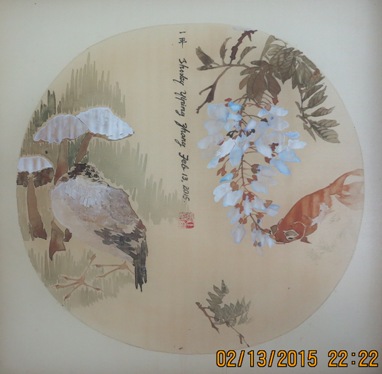
This is my 48th Chinese Mogu Painting and my 959th painting since 2003.
<...more

